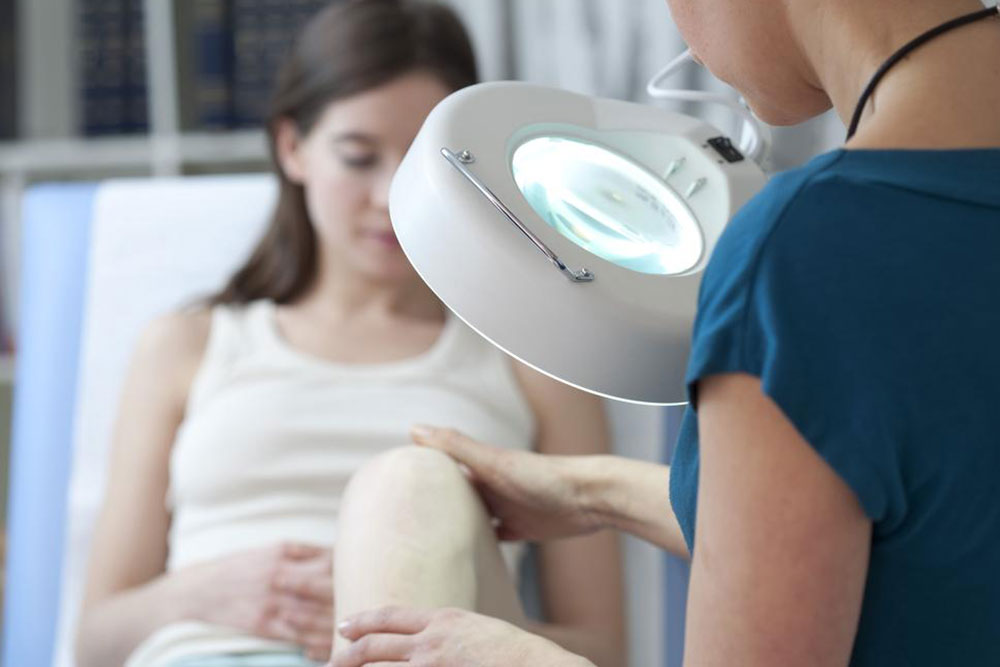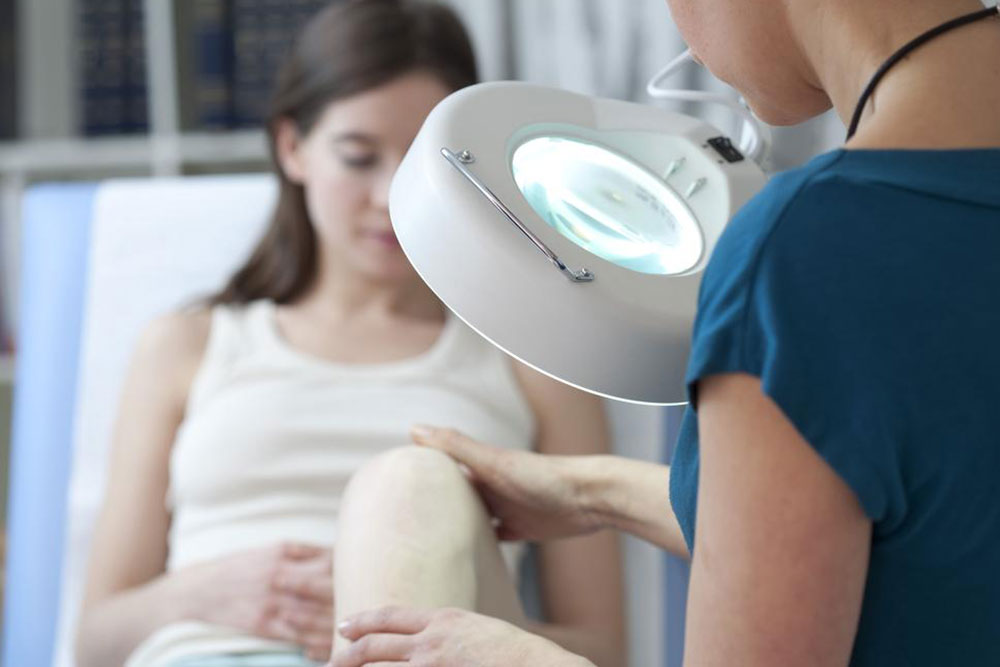Causes of Kidney Cysts and How They Can be Treated
A cyst is a round sac filled with fluid that can grow in the kidneys, which are the bean-shaped organs that filter waste from the blood. These pouches of thin-walled tissue may appear singly on one kidney or multiple times on both kidneys. Kidney cysts are usually harmless and often go unnoticed, but they can sometimes cause discomfort or other issues. Regular check-ups can help monitor and manage any potential problems.

There are two types of cysts:
- Simple cysts
Such cysts contain fluid and generally do not cause any harm. - Polycystic kidney disease
This is a progressive disease that can eventually lead to kidney failure.
Common Symptoms
Before we get to the causes and treatments of kidney cysts, let’s look at some of the most common symptoms. It is important to note that a lot of times simple cysts do not cause any symptoms. They only occur if the cyst enlarges or gets infected.
- Fever
- Pain and swelling in the upper abdomen
- Frequent urination
- Pain in the back or side between pelvis and ribs
- Dark urine
- Blood in the urine
Causes
Each kidney contains thousands of tiny tubules that carry urine. In case these tubes become swollen or blocked, they fill up with fluid and result in the formation of a cyst. Generally, as one gets older, the chances of developing cysts increase. On the other hand, polycystic kidney disease is an inherited condition, often caused due to a change in genes.
Treatment
For an accurate diagnosis, you need to consult a urologist. He or she may take a blood or urine sample to see how well your kidneys are functioning. In addition, your doctor may get any of these three tests done:
- Computed tomography (CT) scan
- Magnetic resonance imaging (MRI) scan
- Ultrasound
If the size of the cyst is small, it may not require any formal treatment. However, if the size expands, the two common treatments done are as follows:
- Sclerotherapy
This is a simple procedure that involves draining the cyst. The doctor will insert a thin needle through the skin into the cyst and drain out the fluid. - Surgery
A large cyst is removed by laparoscopy by trained surgeons under the effect of anesthesia.
A lot of times, people mistake kidney cysts as kidney stones and begin with kidney stones treatment, which is extremely dangerous. However, it is important to understand the difference between the two and plan the line of treatment accordingly after medical consultation.
Now that you have understood the causes and treatments of kidney cysts, consult a doctor whenever you experience any symptoms.




